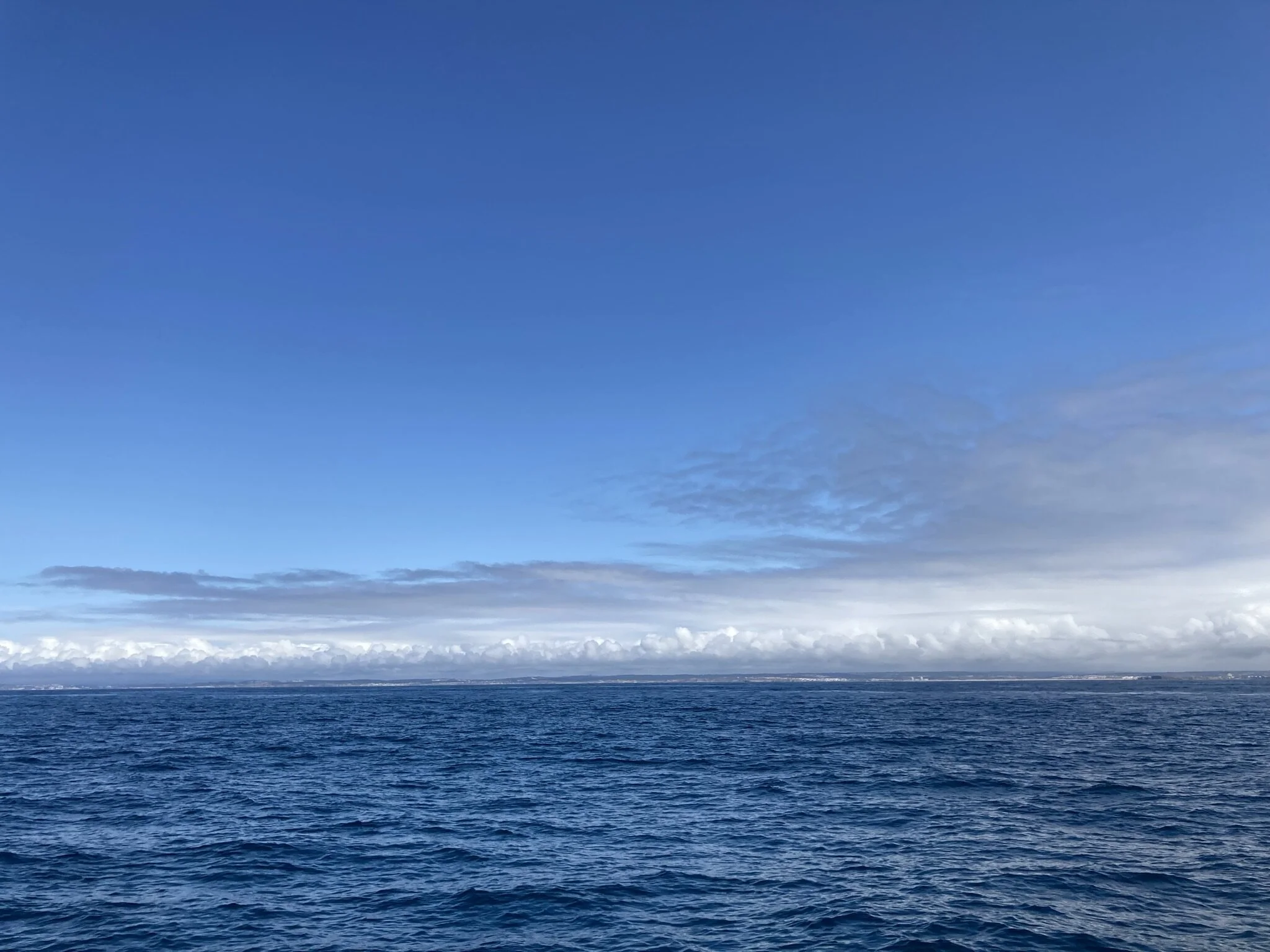53. An introduction to the science of animal navigation
I recently enjoyed giving an online talk for students at the University of Kentucky. You might find it interesting if you want a very quick introduction to this fascinating subject!
I recently enjoyed giving an online talk for students at the University of Kentucky. You might find it interesting if you want a very quick introduction to this fascinating subject!

Off the coast of Portugal a week or two ago…
I’ve been away for a while, on the high seas, doing some real navigation in the Mediterranean and Atlantic - and tasting a bit of freedom after all those months of lock-down. Good to see some wildlife too: lots of Cory’s shearwaters, dolphins, green turtles (a few), a humpback whale breaching, swordfish leaping…even an errant hoopoe heading south towards the distant shore of Africa. I hope it made it!
Now I’m home again, I’ve been catching up on the latest research. Here are a few highlights that caught my eye.
First, there was this paper about magnetoreception from Jingjing Xu et al. This strengthens the case for cryptochrome molecules in the retina of night migratory birds being the basis of their magnetic compass sense. This theory - which I also discuss in Supernavigators/Incredible Journeys - is the subject of enormous research interest at present. Eric Warrant has provided a really good commentary that explores the significance of this piece of research. As he explains, Xu et al. have made a major advance by showing that ‘the version of CRY4… in the migratory European robin has a crucial property needed to sense Earth’s magnetic field: the ability to form radical pairs that have high magnetic sensitivity’. Moreover, they have demonstrated that CRY4 is more sensitive in the robin than it is in other, non-migratory birds.
Then there was this fascinating article by Eliav et al. about how bats navigate. Up until now, most of what we know about how the brains of mammals support their ability to navigate has come from laboratory-based studies of rats and mice (and humans). Nachum Ulanovsky and his colleagues in Tel Aviv have however developed wireless techniques for recording the activity of single cells in the brains of bats on the wing! This latest paper shows that single place cells (which ‘represent’ the positiion of an animal in space) in bats flying through a long tunnel can operate on a range of scales - from about 1m to 30m. This multiscale coding provides a really efficient way of representing large environments of the kind that bats inhabit. It will be very interesting to see what emerges when this kind of research is extended to other animals that navigate over long distances - like birds.
Finally I want to mention a piece of research that touches on something that really bothers me: the scourge of light pollution. In this paper, James Foster et al. have shown how light pollution can seriously interfere with the navigation of nocturnal dung beetles - which rely on polarised moonlight and the orientation of the Milky Way to maintain a straight course as they roll their balls of dung. They found that ‘that light pollution…induces dramatic changes in dung beetle orientation behavior, forcing them to rely on bright earthbound beacons in place of their celestial compass’. The beetles are attracted toward artificial lights, and this results in more competition between individuals and reduced dispersal efficiency. As the authors rightly observe, ‘for the many other species of insect, bird, and mammal that rely on the night sky for orientation and migration,
these effects could dramatically hinder their vital night-time journeys’.
This important article by Van Doren et al. also relates to light pollution. Based on historical records at a site in Chicago, it suggests that bird deaths caused by collisions with lighted buildings could be substantially cut by reducing lighting to more sensible levels.
Here also is a link to good BBC article about the problem of light pollution.
That’s all for now.